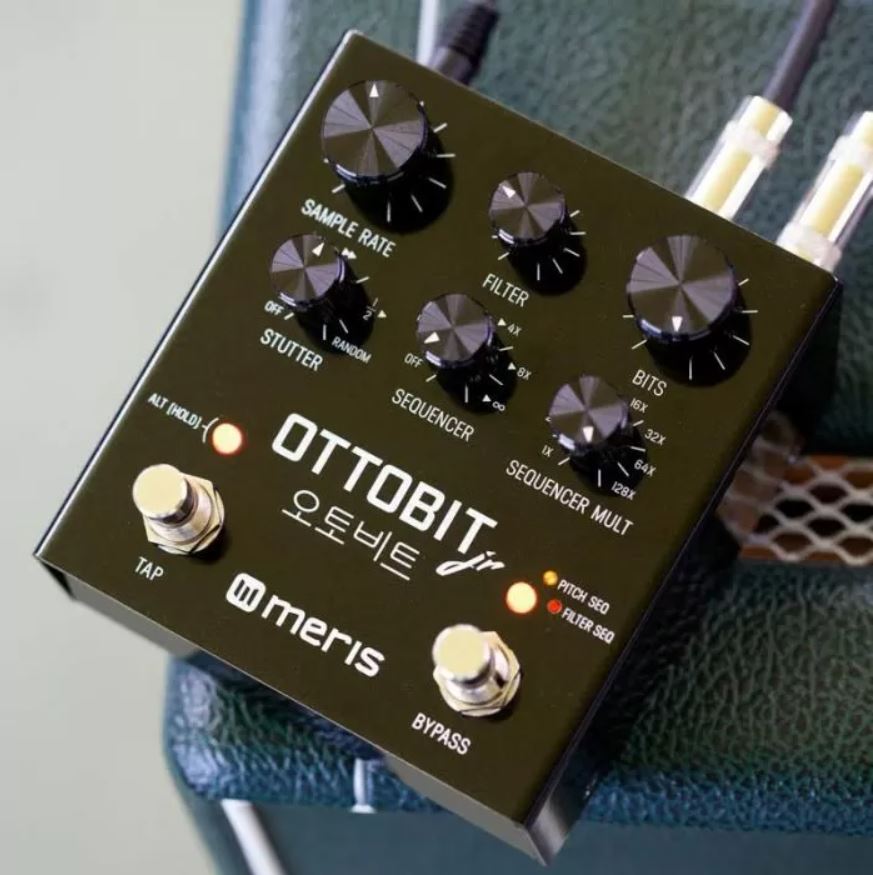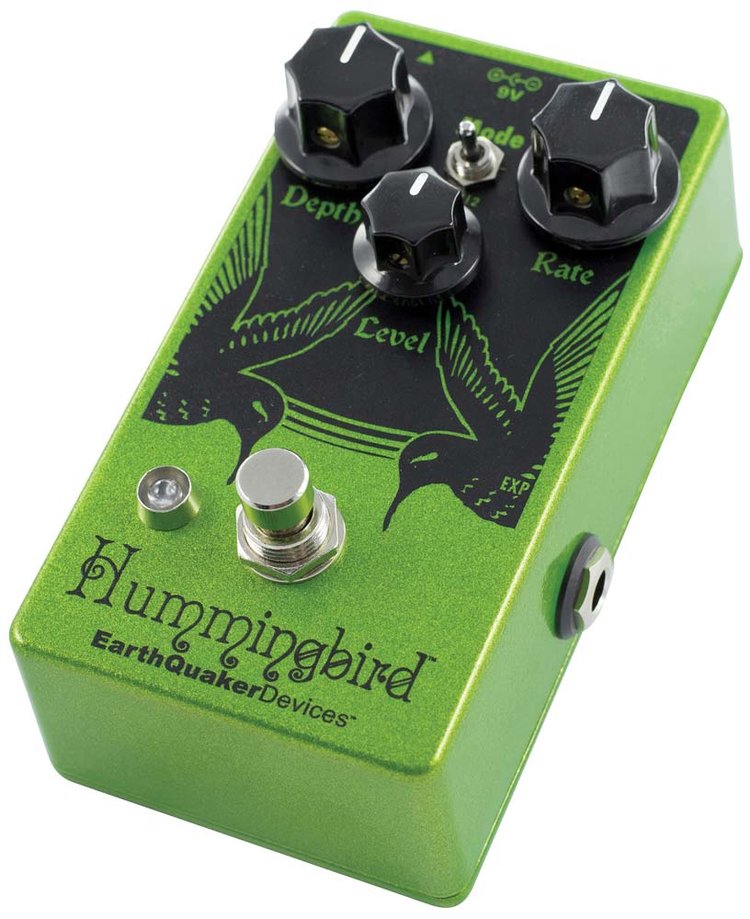
Meris Ottobit Jr: Pedal Review
Bitcrushing the Bass The Meris Ottobit Jr. isn’t a distortion box, a traditional synth emulator, or a one-trick glitch pedal. It’s a high-resolution sound manipulator with digital DNA and modular soul — inspired by vintage gaming systems, early digital processors, and rhythmic control schemes that come from the world of analog synthesis. At its core, it’s a bitcrusher — but to stop there would undersell what the Ottobit Jr. really is. It’s also a sequencer, stutter machine, resonant filter, tremolo engine, and a CV-controllable modulation hub. For bass players, that means access to new textures and performance dynamics that aren’t just novel — they’re musically powerful. More than just a lo-fi gimmick, the Ottobit Jr. can completely transform how your bass occupies a mix, or create entire rhythmic frameworks from a single note. Whether you’re laying down robotic funk, chopped ambient pulses, or crushing 8-bit grime, this pedal speaks bass fluently — but with a heavy digital accent. Why Bitcrushing Matters for Bass Bitcrushing isn’t about overdrive or fuzz in the traditional sense — it’s about reducing resolution. That means cutting down bit depth and sample rate, degrading the signal into crunchy, digital artifacts. On bass, this does a few important things: And unlike most bitcrushers, the Ottobit Jr. allows you to dial in musical control, sequencing, and dynamic performance. This is what sets it apart. Core Controls and Features The pedal uses dual-layered control mapping — knobs and secondary functions — and offers stereo output, MIDI, and expression/CV input, making it surprisingly deep for its compact form. Here’s how it all translates for bassists: Bitcrusher & Sample Rate Reduction Sequencer Stutter Filter Modulation Expression / CV Input Sound Character: Digital but Deep The Ottobit Jr. is unapologetically digital — this isn’t analog warmth or tube-style breakup. Its charm is in its cold, artificial precision, which paradoxically makes it one of the most expressive modern pedals you can put on a bass pedalboard. What stands out: Effect Combinations and Signal Chain Integration The Ottobit Jr. is a centerpiece pedal — it wants to be heard. But it also works well in a chain, especially when paired with fuzz, filter, or time-based effects. With Fuzz/Distortion: With Filter: With Delay/Reverb: With Expression Pedal: Usability and Learning Curve This is not a plug-and-play pedal. The interface is deep, and it rewards experimentation. However, it’s not unwieldy — once you grasp the knob functions (and their alt modes), you’ll start hearing new bass roles emerge: Its studio-grade fidelity and musical envelope mean it’s at home in electronic, jazz, industrial, alt-R&B, and post-rock contexts. It’s also a killer secret weapon in sample-based music or layered loops. Pros and Cons Pros: Cons: Conclusion: Precision Mayhem, Beautifully Controlled The Meris Ottobit Jr. doesn’t just color your bass tone — it shatters it and builds something new in its place. It’s rare to find a pedal this capable of both total chaos and tight rhythmic control. For the experimental bassist, it’s a window into glitch-funk, modular-style sequencing, and textural manipulation rarely accessible outside of full synth setups. But even for groove-based players, it adds digital teeth and motion that transform simple phrases into complex, evolving layers. If you’re willing to invest time in learning its controls and embrace its digital dialect, the Ottobit Jr. may become one of the most musically expressive and compositionally inspiring tools on your board.
